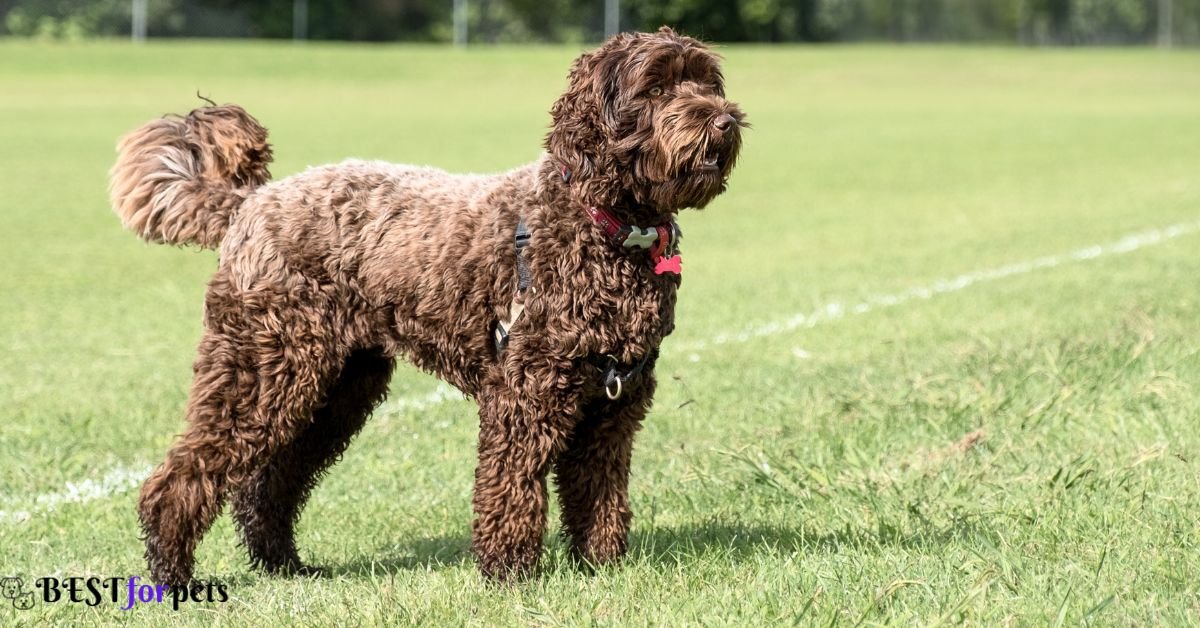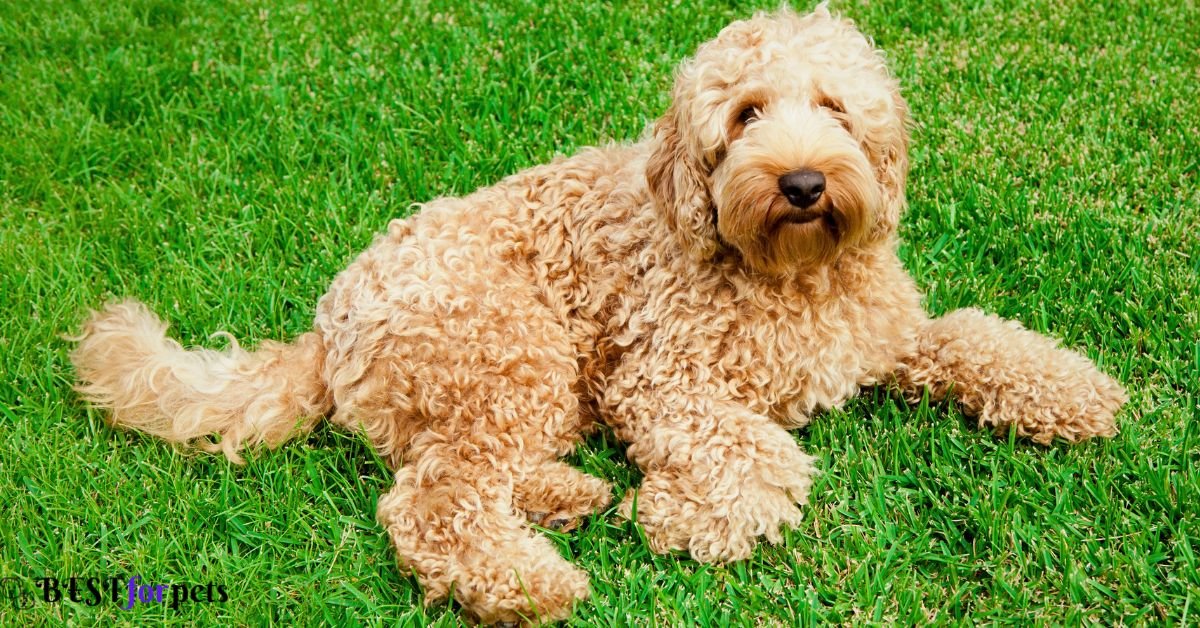//Prices//
Labradoodle Price In India
The price of a Labradoodle puppy in India can vary significantly based on several factors, including the puppy’s lineage, quality, and the reputation of the breeder. On average, Labradoodle Price in India can cost anywhere between Rs 40,000 to Rs 100,000.

Various Factors That Affects The Price Of Labradoodle
Breeder Reputation and Quality:
Reputable breeders with a track record of producing healthy and well-socialized puppies tend to charge higher prices for their Labradoodles.
Lineage and Pedigree:
The pedigree and bloodline of the Labradoodle can significantly impact its price. Puppies from champion lines or rare color variations may command higher prices.
Coat Type and Color:
Labradoodles come in various coat types (straight, wavy, curly) and colors. Some coat types or rare colors may be more desirable and, therefore, more expensive.
Size of the Puppy:
Labradoodles come in different sizes (miniature, medium, standard), and the size of the puppy can affect its price.
Health Clearances:
Responsible breeders perform health screenings on their breeding dogs to ensure they are free from genetic diseases. Puppies from health-tested parents may be priced higher due to reduced health risks.
Breeding and Rearing Costs:
Ethical breeding involves significant expenses for health care, proper nutrition, and socialization of the puppies, which can reflect in the price.
Demand and Availability:
The demand for Labradoodles in a specific area can influence the price. Areas with fewer breeders and higher demand may have higher prices.
Geographic Location:
Labradoodle prices can vary based on the region or city. Urban areas and metropolitan cities tend to have higher prices compared to rural areas.
Registrations and Certifications:
Puppies registered with kennel clubs or having certifications may be priced higher as they assure the puppy’s authenticity and breed standards.
Age of the Puppy:
Younger puppies are generally more expensive than older ones due to their higher demand.
An Introduction To Labradoodle
History of Labradoodle
The Labradoodle’s story begins in the late 1980s in Australia, where the idea of creating a hypoallergenic service dog originated. Wally Conron, a breeder, and manager at the Royal Guide Dog Association of Australia, received a request for a guide dog that wouldn’t trigger allergies in a visually impaired woman’s husband. To meet this challenge, Conron crossed a Standard Poodle named Sultan with a Labrador Retriever named Brandy.
The result was a litter of three pups, one of which became the first-ever Labradoodle, named “Sultan’s Pride.” The unique mix of the friendly and trainable nature of Labradors with the hypoallergenic coat of Poodles proved to be a game-changer. Labradoodles quickly gained popularity not only as service dogs but also as loving family pets. Their charming looks and delightful personalities soon captured the hearts of people around the world, solidifying their place as one of the most sought-after crossbreeds in the canine world.
Appearance of Labradoodle
Labradoodles exhibit a diverse range of appearances due to their hybrid nature. Their appearance can vary depending on the specific traits inherited from their Labrador and Poodle parents. Generally, they are medium to large-sized dogs, with a well-proportioned, athletic build.
One of the most distinct features of Labradoodles is their coat, which can be curly, wavy, or straight. This hypoallergenic coat is a desirable trait for those with allergies, shedding less than traditional breeds. Their coat colors vary widely and can include black, chocolate, cream, apricot, and gold, among others.
The Labradoodle’s eyes are usually expressive and soulful, reflecting their friendly and intelligent nature. Their floppy ears and friendly, warm smiles contribute to their overall endearing appearance. With their charming looks and joyful demeanor, Labradoodles undoubtedly have a way of melting hearts wherever they go.

Labradoodle Temperament and Activities
The Labradoodle’s temperament is a delightful blend of intelligence, affection, and playfulness, making them excellent family pets and companions. These dogs are known for their friendly and social nature, getting along well with children and other pets.
Their intelligence and eagerness to please make them quick learners during training, and they thrive on positive reinforcement. Labradoodles love being part of family activities and are affectionate towards their owners, forming strong bonds that contribute to their reputation as loyal companions.
Due to their high energy levels, Labradoodles enjoy a range of activities that keep them physically and mentally stimulated. Whether it’s playing fetch, going for long walks, participating in agility courses, or even swimming, Labradoodles are always up for an adventure. Their gentle and empathetic nature also makes them well-suited for therapy and service dog roles, providing comfort and assistance to those in need.
Frequently Asked Questions
What is a Labradoodle?
A Labradoodle is a crossbreed between a Labrador Retriever and a Poodle. This hybrid dog was originally developed in Australia with the goal of creating a hypoallergenic guide dog that combines the intelligence and trainability of the Poodle with the friendly and gentle nature of the Labrador.

